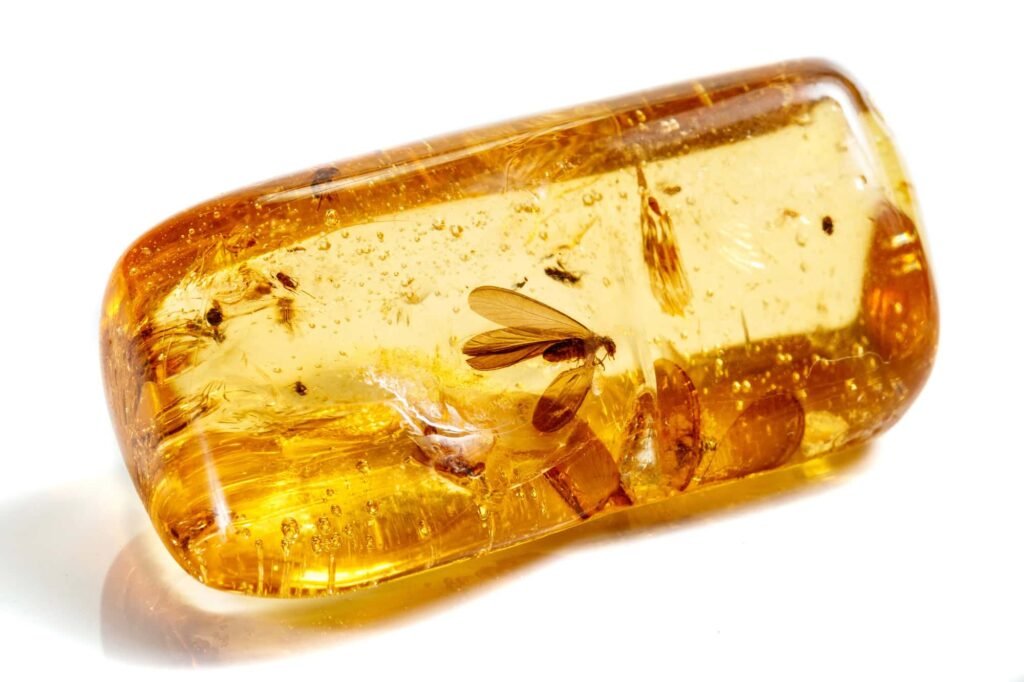Amber has long fascinated humans with its captivating beauty and mysterious origins. Beyond being a prized gemstone, amber has played a crucial role in preserving prehistoric life. Understanding how amber is formed and how it preserves ancient creatures opens a window into Earth’s distant past.
What is Amber?
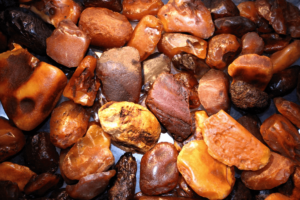
Amber is fossilized tree resin, not to be confused with sap, which provides essential protection for plants against disease and pest attacks. Over millions of years, this resin undergoes a unique process of polymerization and hardening, resulting in the golden material we know as amber.
The Formation of Amber
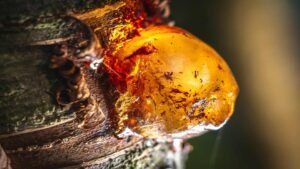
The formation of amber begins with trees exuding resin. This sticky substance solidifies over time as it is buried under layers of sediment, subjected to heat and pressure. Throughout millions of years, this material hardens and transforms into amber, preserving any organic material encapsulated within.
Amber’s Geographic Significance
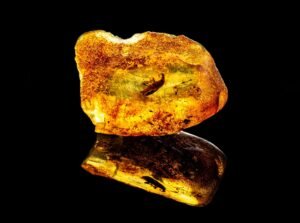
Amber deposits are found worldwide, with some of the largest and most significant reserves located in the Baltic region, the Dominican Republic, and Myanmar. Each location offers unique insights into the prehistoric ecosystems that existed there millions of years ago.
The Unique Preservation Properties of Amber
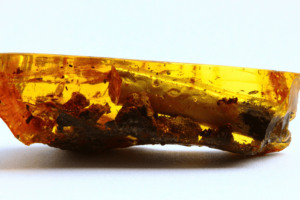
Amber is an exceptional preservative. Its properties protect any enclosed organism from decomposition and external damage, creating an almost perfect time capsule. The lack of oxygen and the antimicrobial effects of the resin contribute to this remarkable preservation.
Types of Organisms Preserved in Amber

Thousands of ancient organisms have been discovered in amber, ranging from insects to small vertebrates. These include spiders, ants, and even small lizards, offering invaluable insights into the diversity of ancient ecosystems and species that have long since vanished.
Significant Scientific Discoveries
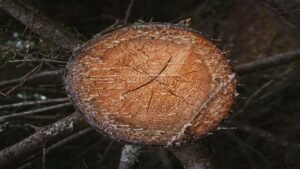
The study of amber has led to groundbreaking discoveries, including the realization that some prehistoric insects had already developed remarkably specialized forms and behaviors. Amber fossils have helped researchers understand the evolution of species and the intricate workings of past ecosystems.
Amber in Paleontology

Paleontologists have harnessed the power of amber to map out timelines, migration patterns, and interactions between species. The study of these encapsulated specimens provides a non-destructive means of examining features that are rarely or never preserved in other types of fossilization.
The Impact of Modern Technology

Technological advancements, such as high-resolution 3D imaging and synchrotron radiation X-ray microtomography, have revolutionized the study of amber. These tools allow scientists to examine inclusions with unprecedented detail, uncovering minute features and data crucial to understanding life forms preserved within.
The Role of Amber in Climate Studies

Beyond preserving organisms, amber can also encapsulate environmental factors like temperature and humidity of the era it dates from. This information helps scientists draw conclusions about historical climate conditions, aiding in the understanding of climate change over millions of years.
Challenges and Controversies in Amber Research

While amber offers tremendous scientific value, it also presents challenges. Issues such as determining the precise age of amber and the occasional forgery in the market pose significant hurdles. Additionally, ethical concerns arise over the extraction and study of amber, particularly in geopolitically sensitive areas.
Amber’s Timeless Contribution to Science

Amber continues to be an invaluable resource in the study of prehistoric life. Its ability to preserve incredible detail and offer insights into ancient ecosystems makes it indispensable to scientists worldwide. As research techniques advance, amber will undoubtedly continue to reveal secrets of Earth’s ancient past, challenging and expanding our understanding of life’s evolution.

Linnea is a born and bred Swede but spends as much time as possible in Cape Town, South Africa. This is mainly due to Cape Town’s extraordinary scenery, wildlife, and atmosphere (in other words, because Cape Town is heaven on earth.) That being said, Sweden’s majestic forests forever hold a special place in her heart. Linnea spends as much time as she can close to the ocean collecting sea shells or in the park admiring puppies.

